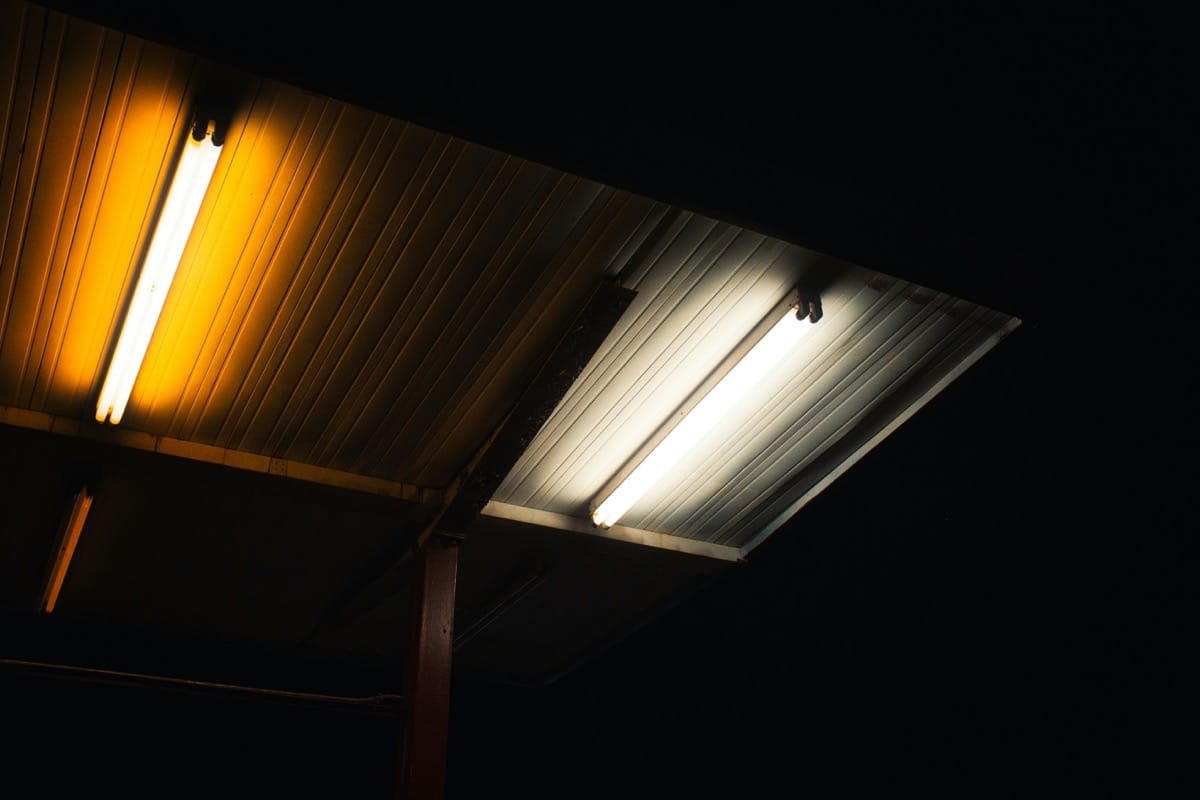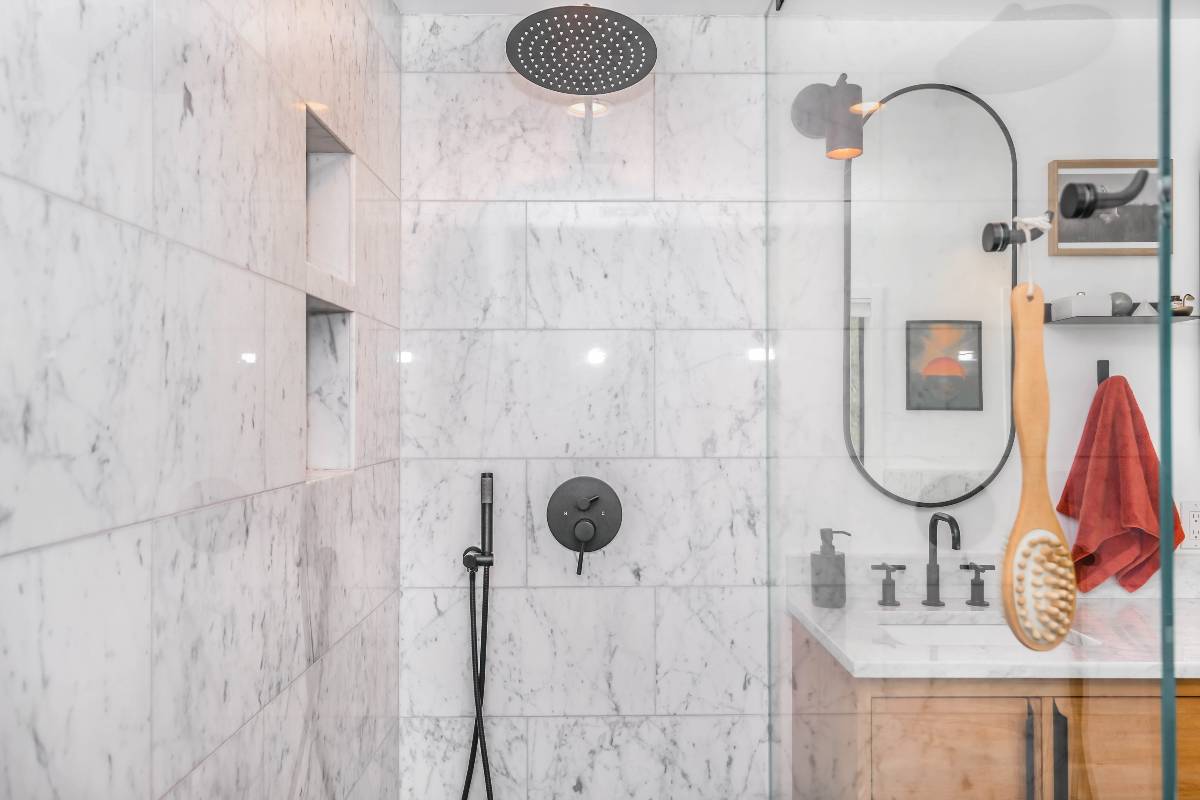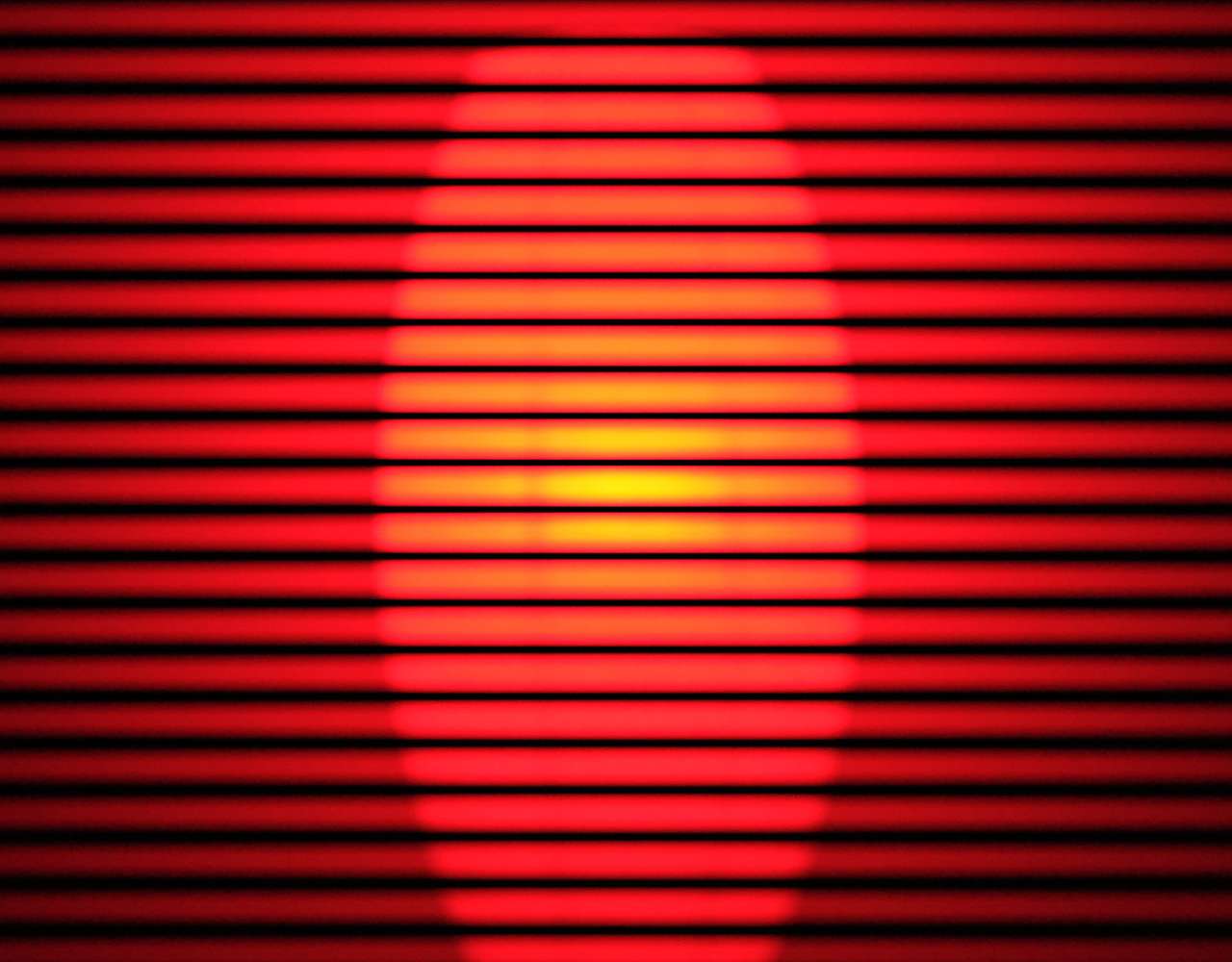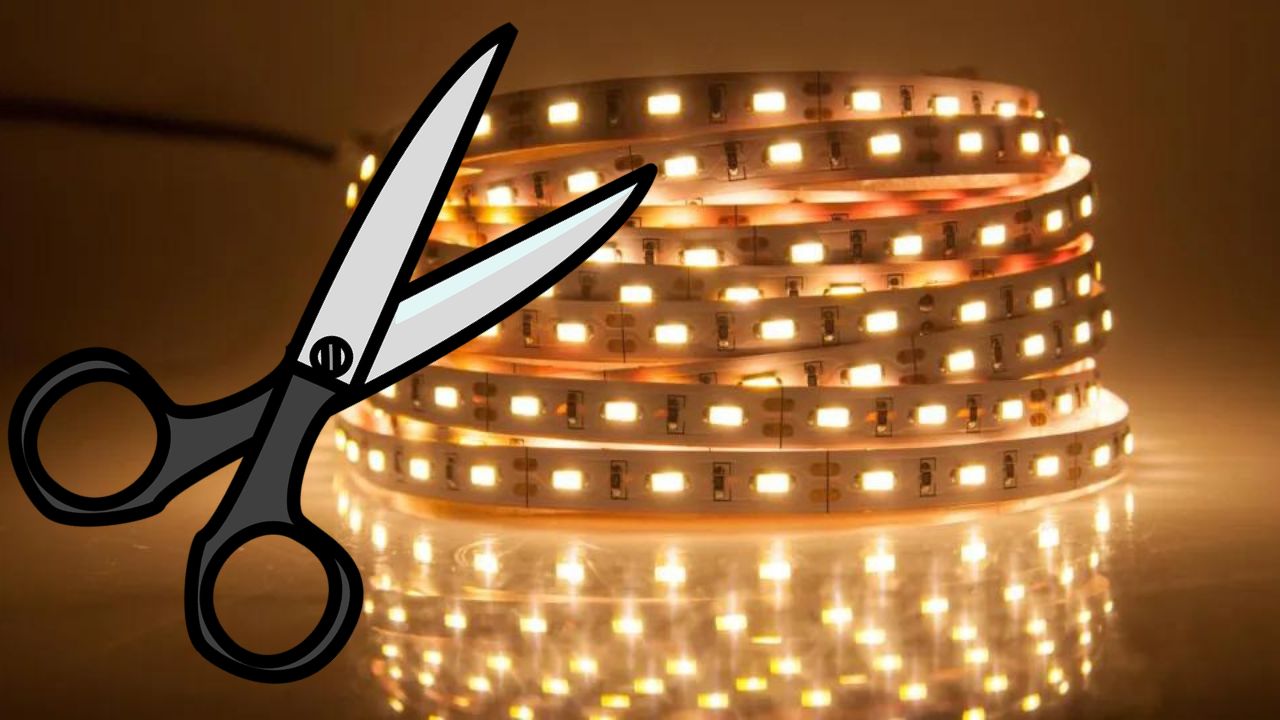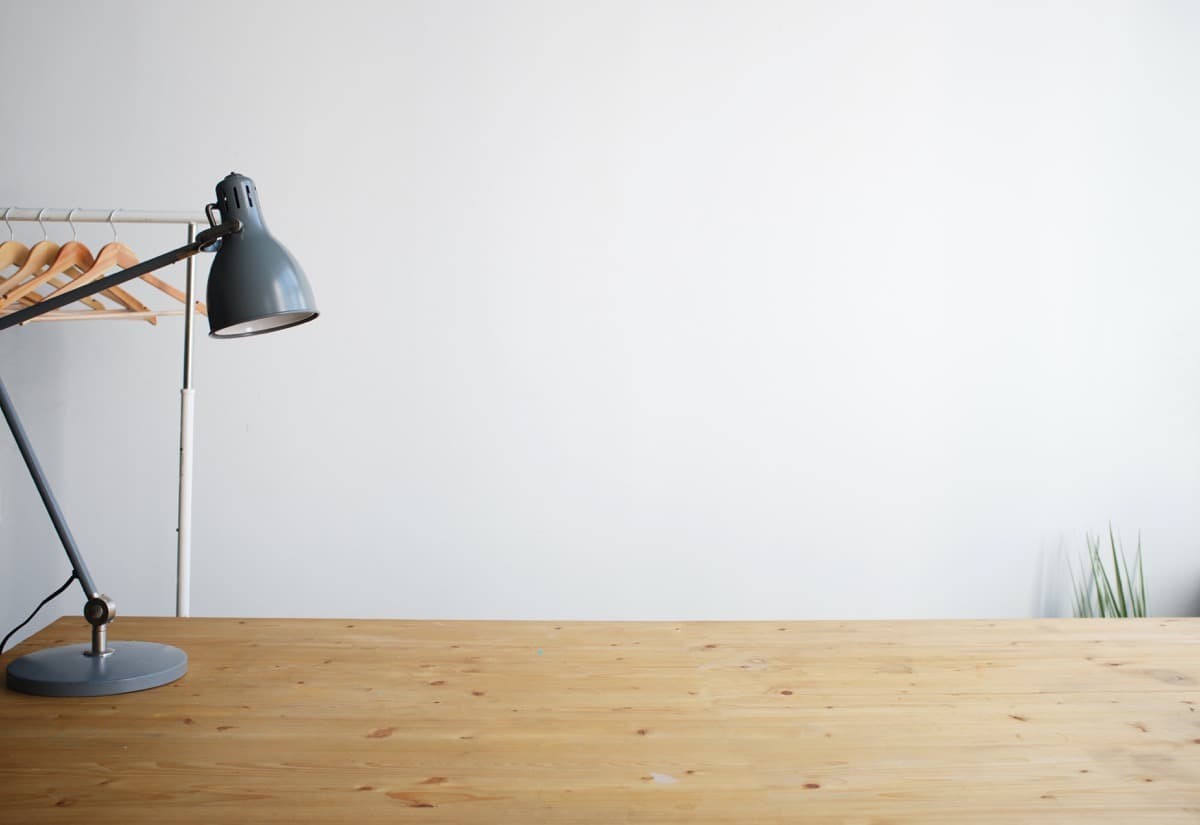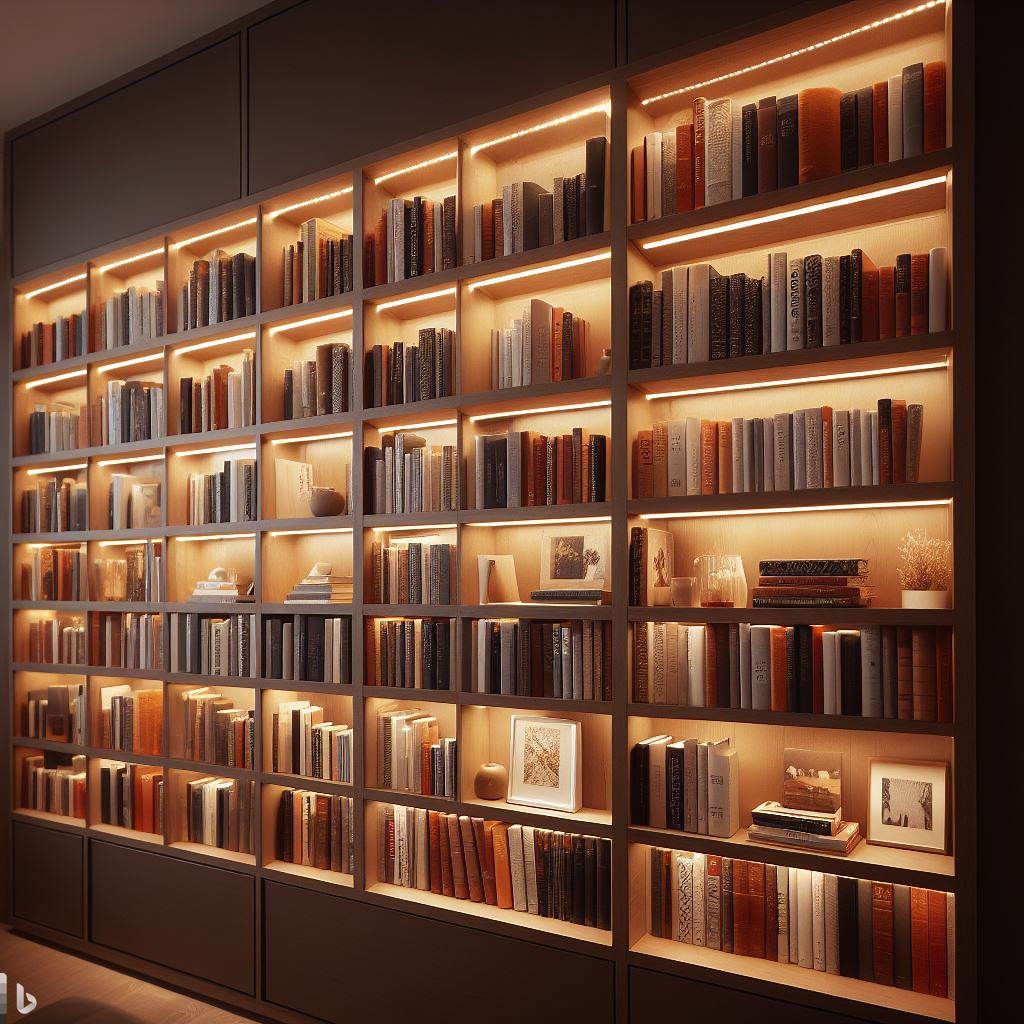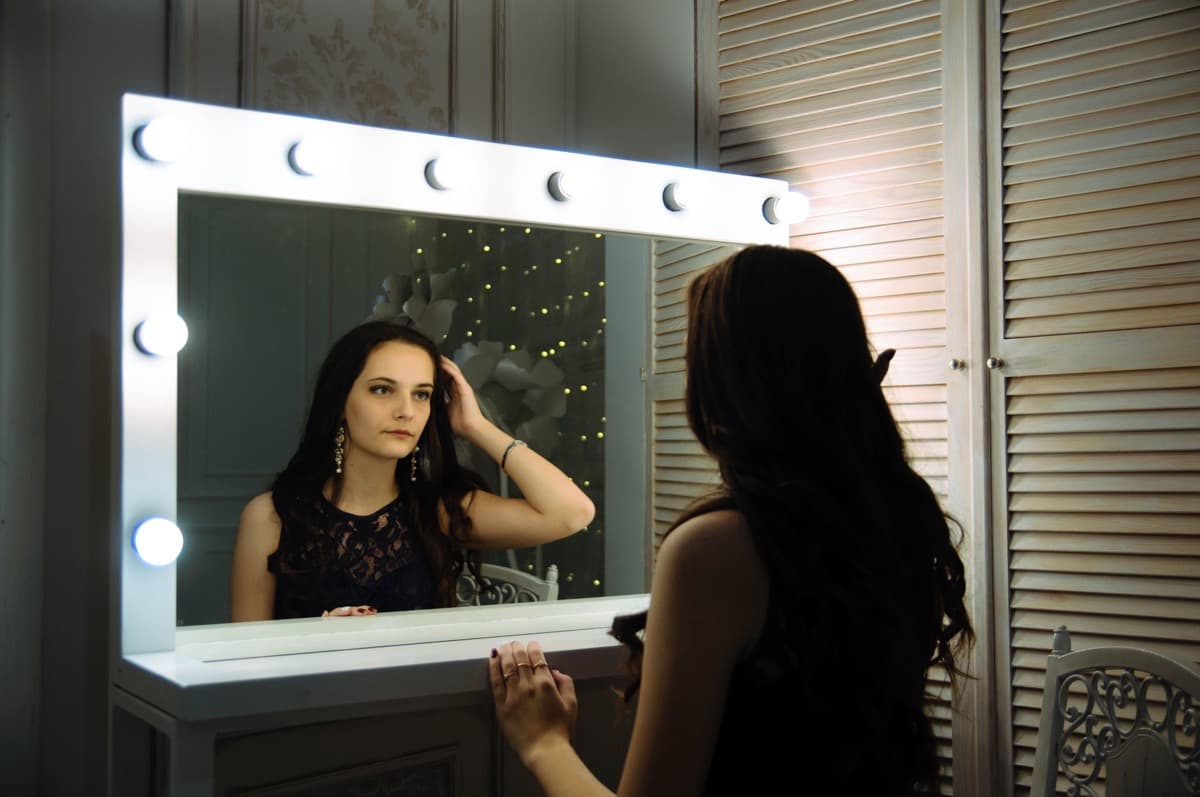Are you looking to revolutionize your lighting setup and enhance energy efficiency? Look no further! Switching from fluorescent bulbs to LED is a game-changer. Not only do LED bulbs consume significantly less energy, but they also have a longer lifespan and produce brighter, more vibrant light. By making this simple upgrade, you’re not only improving the illumination in your space but also doing your part in reducing your carbon footprint. In this guide, we’ll walk you through the easy steps to change your fluorescent bulbs to LED, helping you embrace a more sustainable and cost-effective lighting solution. Let’s dive in and illuminate your world with LED brilliance.
Upgrading your lighting by changing fluorescent bulbs to LED is a simple yet impactful way to enhance your space’s brightness and energy efficiency. LED bulbs offer vibrant lighting, longer lifespans, and reduced energy consumption, making them a worthwhile investment for any environment. By following our step-by-step guide, you can easily make the switch and enjoy the benefits of modern, eco-friendly lighting. Brighten up your world and make the change to LED today!
Why Switch from Fluorescent Bulbs to LED?
Are you tired of the constant flickering, buzzing, and harsh lighting of your old fluorescent bulbs? It might be time to make the switch to energy-efficient, long-lasting LED bulbs. Not only will you enjoy a brighter and more pleasant lighting experience, but you’ll also reap a multitude of benefits by upgrading to LED technology.
Gather the Right Tools and Materials
Before you embark on the journey of changing your fluorescent bulbs to LED, ensure you have the necessary tools and materials at hand. You’ll need a ladder, safety gloves, a screwdriver, and, of course, your shiny new LED bulbs.
Step-by-Step Guide to Changing Fluorescent Bulbs to LED
1. Turn off the power supply and let the existing fluorescent bulbs cool down.
2. Remove the old bulbs carefully by twisting them out of their sockets.
3. Install the LED bulbs by inserting them gently into the sockets and giving them a twist to secure them in place.
4. Turn the power back on and revel in the bright, efficient glow of your new LED lights.
Understanding the Benefits of LED Lighting
LED bulbs offer a plethora of advantages over traditional fluorescent ones, including:
- Energy efficiency: LED bulbs consume less power, saving you money on electricity bills.
- Longevity: LED bulbs have a significantly longer lifespan compared to fluorescent bulbs.
- Better lighting quality: LEDs provide a brighter, more natural light that is easy on the eyes.
- Eco-friendly: LED bulbs are free of toxic materials and are recyclable.
Common Challenges and Solutions When Upgrading
While upgrading to LED bulbs is relatively straightforward, you might encounter a few challenges along the way. Here are some common issues and their solutions:
- If the LED bulb doesn’t work, double-check the connection to ensure it’s properly seated.
- If there’s flickering, it could indicate compatibility issues. Try using a different brand of LED bulb.
- If the light is dim, check for any obstructions that might be blocking the bulb’s output.
Transform your living space with the upgrade from fluorescent bulbs to LED lighting. Say goodbye to dull, inefficient lighting and hello to a bright, energy-saving future!
Gather the Right Tools and Materials
Before you begin the process of changing fluorescent bulbs to LED, it’s crucial to gather all the necessary tools and materials. Having everything on hand will make the transition smoother and more efficient.
Tools and Materials Needed:
- LED Bulbs: Purchase the correct LED bulbs for the fixtures you are upgrading.
- Ladder: Ensure you have a stable ladder to safely reach and replace the bulbs.
- Gloves: Protect your hands with gloves to avoid any injuries.
- Safety Glasses: Keep your eyes safe from any debris or broken glass.
- Screwdriver: Depending on the fixture, you may need a screwdriver for removal.
Tips for Smooth Transition:
- Make sure to switch off the power before starting the replacement process.
- Check the compatibility of the LED bulbs with your existing fixtures to avoid any issues.
- Handle the LED bulbs carefully, as they are delicate and can get damaged easily.
Remember, changing fluorescent bulbs to LED not only helps you save energy and reduce your electricity bills but also contributes to a more sustainable and eco-friendly environment.
By investing a little time and effort into this upgrade, you are taking a step towards a brighter and more efficient lighting solution for your space.
Step-by-Step Guide to Changing Fluorescent Bulbs to LED
Are you tired of the dull, flickering light of your old fluorescent bulbs? Ready to embrace the bright, energy-efficient glow of LED lighting? Well, you’re in luck! Switching from fluorescent bulbs to LED is easier than you might think. Let’s walk through the steps together, and before you know it, you’ll be enjoying the benefits of modern lighting technology.
Gather the Right Tools and Materials
Before diving into the conversion process, make sure you have the following items on hand:
- LED bulbs compatible with your fixtures
- Safety gloves and goggles
- A ladder or step stool
- A screwdriver
- A voltage tester
Step-by-Step Guide to Changing Fluorescent Bulbs to LED
- Turn off the power to the lighting fixture at the circuit breaker.
- Use the screwdriver to remove the cover of the fluorescent fixture.
- Identify and disconnect the ballast, as LED bulbs do not require it.
- Remove the old fluorescent bulbs carefully and dispose of them properly.
- Install the new LED bulbs in the sockets, following the manufacturer’s instructions.
- Reattach the fixture cover and turn the power back on to test the new LEDs.
Understanding the Benefits of LED Lighting
LED lighting not only offers brighter, more consistent light but also comes with a host of advantages:
- Energy efficiency leading to lower electricity bills
- Longer lifespan compared to fluorescent bulbs
- Environmentally friendly with no harmful mercury
Understanding the Benefits of LED Lighting
LED lighting has revolutionized the way we illuminate our living spaces, offering a range of benefits that make it a popular choice for many households and businesses alike. Let’s dive into the advantages of making the switch from fluorescent bulbs to LED.
Energy Efficiency:
LED bulbs are highly energy-efficient, consuming up to 85% less energy than traditional incandescent bulbs. This translates to significant savings on your electricity bills.
Longevity:
LED bulbs have a much longer lifespan compared to fluorescent bulbs. With an average lifespan of 25,000 to 50,000 hours, you can enjoy years of bright, reliable lighting without the hassle of frequent replacements.
Environmentally Friendly:
LED lighting is eco-friendly as it contains no mercury or other harmful chemicals. By switching to LED, you are reducing your carbon footprint and contributing to a greener planet.
But, perhaps one of the most appealing advantages of LED lighting is the quality of light it provides. LED bulbs emit a bright, clear light that closely mimics natural daylight, creating a more comfortable and inviting atmosphere in your home or workspace.
And when it comes to aesthetics, LED bulbs come in a variety of shapes and sizes, making it easy to find the perfect fit for your lighting fixtures. Whether you prefer warm or cool light tones, there is an LED bulb to suit your preferences.
Another key benefit of LED lighting is its instant brightness. Unlike fluorescent bulbs that take time to warm up, LED bulbs illuminate instantly at full brightness, providing immediate lighting when you need it most.
With the advancements in LED technology, you can now enjoy customizable lighting options, including dimmable and color-changing LED bulbs to create the perfect ambiance for any occasion.
So, if you’re considering upgrading your lighting system, making the switch from fluorescent bulbs to LED not only offers cost savings and energy efficiency but also enhances the quality of light in your space, contributing to a brighter, more sustainable future.
Common Challenges and Solutions When Upgrading
Changing fluorescent bulbs to LED can bring about numerous benefits, from improved energy efficiency to better lighting quality. However, this upgrade process may come with its own set of challenges. Let’s explore some common hurdles and their solutions to help you smoothly transition to LED lighting.
Compatibility Issues with Fixtures
One of the primary challenges when upgrading from fluorescent bulbs to LED is compatibility with existing fixtures. Sometimes, LED bulbs may not fit properly or function correctly in older fixtures designed for fluorescent lighting.
To address this challenge:
- Consider retrofitting your fixtures to accommodate LED bulbs.
- Consult with a professional to identify the best fixtures for your LED bulbs.
Color Temperature Discrepancies
Another common issue is the difference in color temperature between fluorescent and LED bulbs. LED bulbs come in various color temperatures, and choosing the wrong one can result in a mismatch with existing lighting.
Here’s how you can resolve this problem:
- Opt for LED bulbs with a color temperature similar to your current fluorescent bulbs.
- Experiment with different color temperatures to find the right balance for your space.
Cost Concerns and Return on Investment
Some individuals may be hesitant to switch from fluorescent to LED lighting due to initial cost concerns. However, it’s crucial to consider the long-term benefits and return on investment that LED lighting offers.
To overcome cost concerns:
- Calculate the energy savings and longevity of LED bulbs compared to fluorescent bulbs.
- Explore available rebates and incentives for switching to energy-efficient lighting.
By understanding and addressing these common challenges, you can navigate the process of changing fluorescent bulbs to LED more effectively, ultimately reaping the benefits of enhanced lighting quality and energy efficiency in your space.
Final Checks and Testing
Alright, it’s time to do the **final checks and testing** to ensure your transition from **fluorescent bulbs to LED** lighting goes smoothly. Here are some key steps to take before basking in the glow of your newly revamped space:
Check Your Connections
First things first, make sure all your electrical connections are secure. Double-check that the **LED bulbs** are properly screwed in and that there are no loose wires dangling around. Safety first!
Power Up and Test the Lights
Now, the moment of truth – turn on the power and test your newly installed **LED bulbs**. Are they lighting up as expected? Be sure to walk around the room and check if there are any dark spots or flickering lights.
Adjust Brightness and Position
After testing, you may want to adjust the brightness levels of your **LED bulbs**. Most **LED lighting** fixtures come with dimmable options, allowing you to set the perfect ambiance for any occasion. Play around with the settings until you find your sweet spot.
Compare Energy Consumption
Curious about the energy savings you’ll get from switching to **LED lighting**? You can use a power meter to compare the energy consumption of your old fluorescent bulbs versus the new **LED bulbs**. Prepare to be amazed at how much more efficient LEDs are!
So, grab your tools, follow the steps, and get ready to transform your space with the power of **LED lighting**!
Conclusion
As we conclude our guide on how to change fluorescent bulbs to LED, we hope you feel empowered to make the switch in your own home or office. LED lighting not only offers energy efficiency and cost savings but also provides better brightness and longevity.
By following the step-by-step instructions outlined in this post, you can easily make the transition to LED bulbs, enhancing the quality of your lighting while reducing your environmental impact. Remember, the benefits of LED technology go beyond just illumination; they also contribute to a greener, more sustainable future for all.
So, don’t hesitate to upgrade your lighting fixtures and embrace the numerous advantages that LED bulbs have to offer. Your space will not only look brighter and more inviting but will also thank you for the positive change in the long run.
Frequently Asked Questions (FAQs)
How do I change fluorescent bulbs to LED?
To change fluorescent bulbs to LED, you need to purchase LED tubes that are compatible with your existing fixtures. Turn off the power supply, remove the existing fluorescent tube, and install the new LED tube following the manufacturer’s instructions.
Are there any benefits of switching from fluorescent bulbs to LED?
Yes, switching to LED bulbs from fluorescent can lead to energy savings, longer lifespan, better light quality, and environmental benefits due to reduced energy consumption.
Do I need to hire a professional to change fluorescent bulbs to LED?
In most cases, you can change fluorescent bulbs to LED yourself by following the instructions provided by the LED tube manufacturer. However, if you are unsure or uncomfortable working with electrical components, it’s wise to consult a professional.
Can I use the existing ballast when switching from fluorescent bulbs to LED?
It depends on the LED tubes you purchase. Some LED tubes are designed to work with the existing ballast (known as plug-and-play), while others require bypassing the ballast for better efficiency.
Will changing from fluorescent bulbs to LED affect the brightness of the light?
LED bulbs are available in various brightness levels, so you can choose LEDs that match or even improve the brightness compared to fluorescent bulbs. Make sure to check the lumen output when purchasing LED tubes.
Are there any rebates or incentives available for switching to LED bulbs?
Many utility companies and government programs offer rebates or incentives for upgrading to energy-efficient LED lighting. Check with your local energy provider or government agency for available offers.

